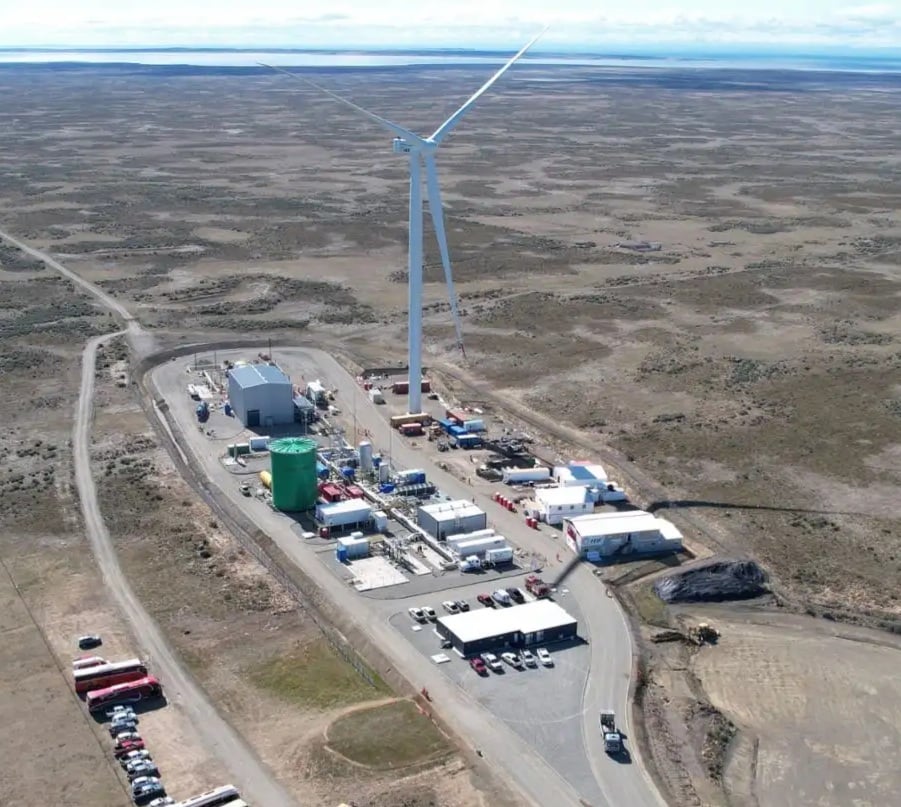117
you are viewing a single comment's thread
view the rest of the comments
view the rest of the comments
this post was submitted on 29 Jul 2023
117 points (92.1% liked)
Technology
60351 readers
5305 users here now
This is a most excellent place for technology news and articles.
Our Rules
- Follow the lemmy.world rules.
- Only tech related content.
- Be excellent to each another!
- Mod approved content bots can post up to 10 articles per day.
- Threads asking for personal tech support may be deleted.
- Politics threads may be removed.
- No memes allowed as posts, OK to post as comments.
- Only approved bots from the list below, to ask if your bot can be added please contact us.
- Check for duplicates before posting, duplicates may be removed
Approved Bots
founded 2 years ago
MODERATORS

About one order of magnitude more expensive than the fossil kind.
Yes, of course. But climate change is also costly you know ...
The issue is more that we're currently running out of extractable fossils (net energy peak for oil liquids is projected to peak as early as 2025 and the decline into nonextractability is rapid) so it's a question of having liquid fuels and synthetic stock, at all.
What kind of life style we can expect where hydrocarbons and energy in general is expensive is an interesting question. See e.g. https://surplusenergyeconomics.wordpress.com/ for analysis of that.
Yes I agree. I told you a few days ago here.
what I wrote was :
... about this :https://surplusenergyeconomics.wordpress.com/2023/07/18/259-the-way-we-live-next/
Most interesting indeed.
So the cost of energy is a complex topic and this guy has studied many aspects of that.
Amongst other things he wrote :
Morgan, Tim (2013).Life After Growth. Petersfield, UK: Harriman House. ISBN 9780857193391He discusses the energy cost of energy or : Energy return on investment
He gives an estimate of $130 trillion usd for the global cost of energy transition with a link to the source ... I don't understand how this estimate is made though.
Sorry, I haven't started memorizing Fediverse handles yet. Tim Morgan measures ECoE in percent, and real GDP is GDP minus debt, or x units of debt produce a fraction of that in GDP. Plus ECoE accounting. His model is proprietary, so nobody exactly knows how it's computed but he himself.
That IRENA model seems to link some large spreadsheets and notes on that page. No idea how complete that is.
As to investments necessary, some two decades ago I estimated we'd need some 3 TUSD/year, inflation-adjusted, for the next 40 years to transition. As a rough estimate that's as good as any other guess, not facturing in extraction of progressively depleting resources.
Links please 😌 ...those links are hidden for me. (Maybe because I'm on mobile.)
(also don't be sory it was 11 days ago)